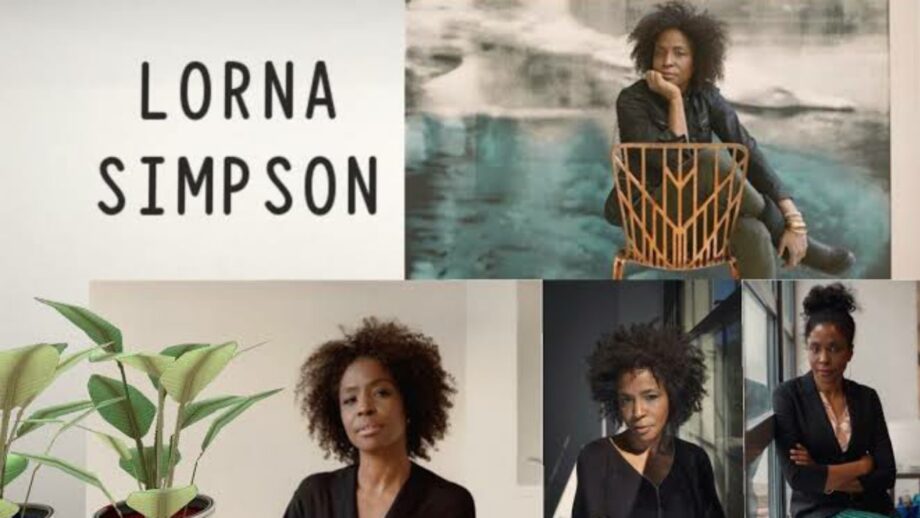Lorna Simpson is currently ensconced in Los Angeles with her actress daughter. She’s been spending her time in lockdown doing one of her favorite things: thinking about how people dress in public. All of this people-watching reminds her of wig shopping in Fulton Mall, a blue-collar shopping centre near her home in New York, in the 1990s. The 59-year-old recalls, “Shop after shop sold all kinds of wigs.”
“Human hair, yak hair, synthetic hair,” says the narrator. Simpson purchased as many as she could in every style she saw, ranging from platinum-blonde “Lana Turner” wigs to wigs with phony afros and braids. She printed images of each of them on felt panels and hung them beside seemingly unrelated statements like: “The first impression is the most important.” She describes the wigs as a “surrogate” for exploring “the person we believe ourselves to be.”
It’s difficult to grasp how foresighted her work was now. The experiences of African Americans were seldom recognized in galleries when Simpson showed these wigs. Her wigs resembled scientific specimens, adding to her investigation of identity and appearance, particularly how the black experience was excluded from universal notions of beauty.
Simpson has established herself as one of America’s most important artists, yet she has no desire to create new works. Instead, she recycles existing ones, giving them fresh significance in a new setting.

